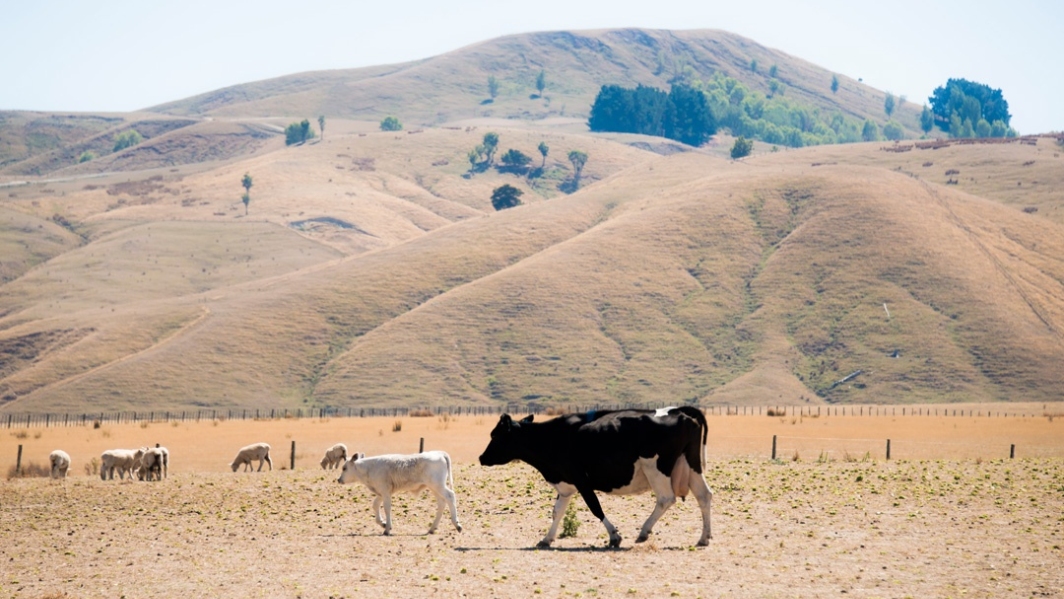-
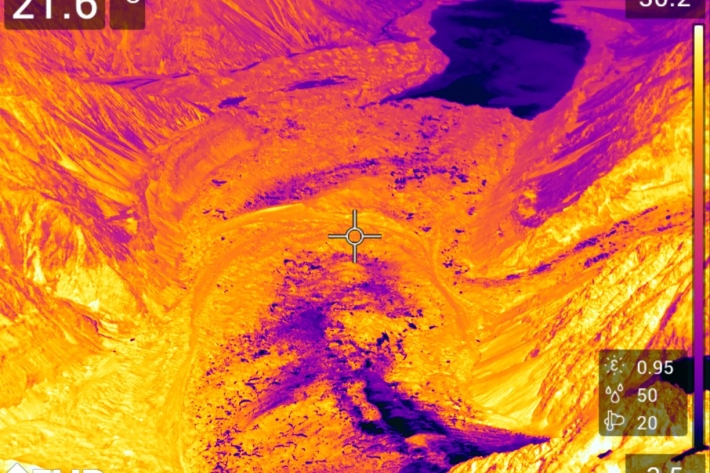
Thermal images reveal heat levels in New Zealand’s glaciers
Media release23 May 2019Thermal images taken by a NIWA scientist during this year’s aerial survey of South Island glaciers have revealed in extraordinary detail how heat in the surrounding landscape is affecting the ice. -
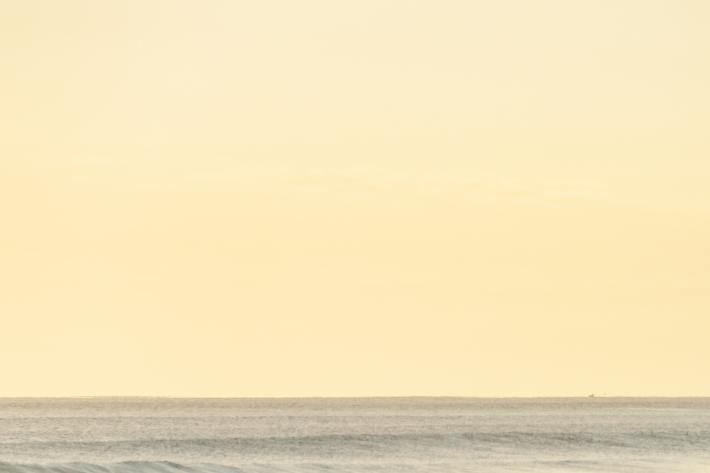
Scientists study how to predict marine heatwaves
Media release16 May 2019Scientists have taken a step closer to predicting marine heatwaves with new NIWA-led research finding a link between their formation and the length of time sea temperatures are warmer than normal.^. -

Emirates Team New Zealand seek NIWA’s technical edge
Media release14 May 2019Grant Dalton, CEO of Emirates Team New Zealand, and NIWA CEO John Morgan recently signed an agreement that will see NIWA’s scientists working closely with Emirates Team New Zealand over the next few years. -
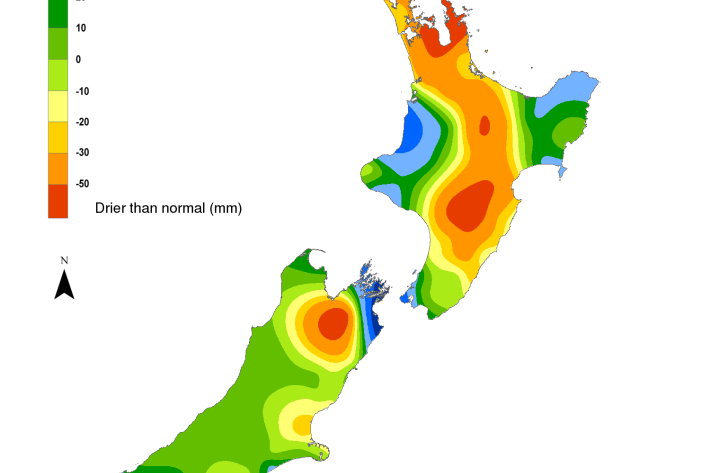
NIWA's Hotspot Watch for 1 May 2019
Hotspot02 May 2019Hotspots in the North Island are currently found in Aupouri Peninsula, interior Manawatu-Whanganui, and interior Hawke’s Bay. South Island hotspots are currently found in interior Marlborough, a small area near Christchurch, coastal southern Canterbury, and a portion of Stewart Island. -
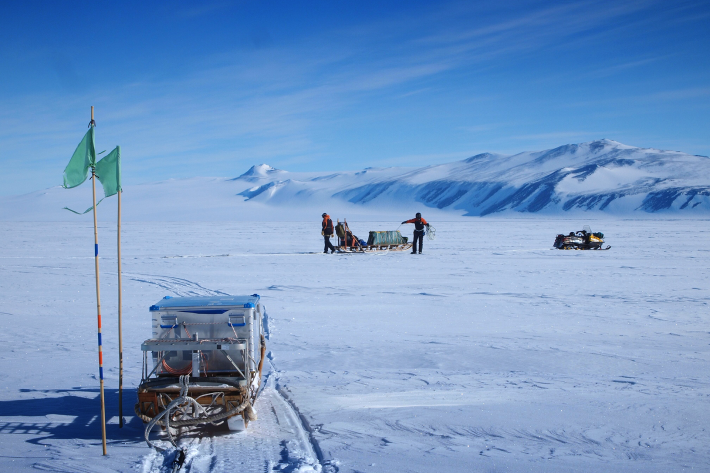
Scientists discover solar heat drives rapid melting of Ross Ice Shelf
Media release30 April 2019Part of the world’s largest ice shelf is melting 10 times faster than the overall average and solar-heated waters beneath the ice shelf are to blame, NIWA research has found. -
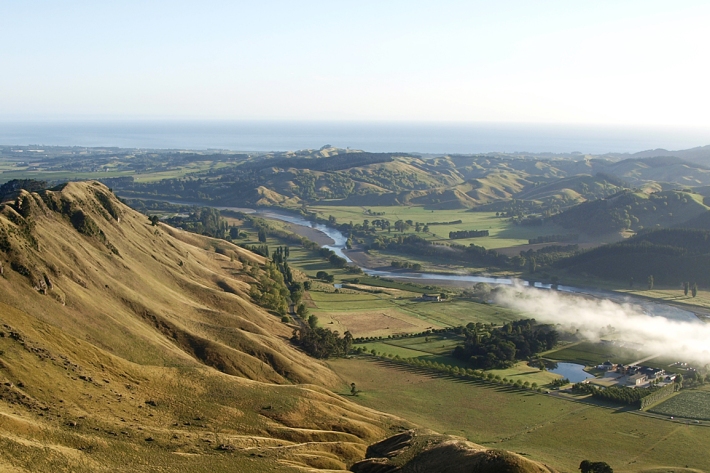
Environment report a clear picture of change: NIWA
Media release18 April 2019The latest state of the environment report released today provides New Zealanders with clear evidence that our climate, freshwater and marine systems are changing, says NIWA. -
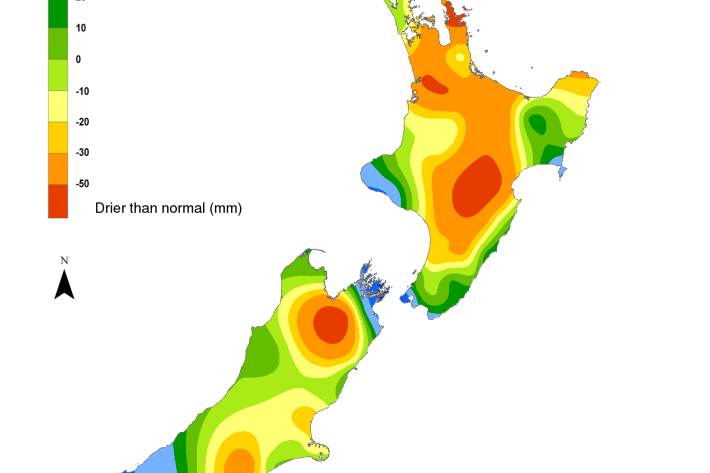
NIWA's Hotspot Watch for 17 April 2019
Hotspot17 April 2019Across the North Island, soil moisture levels generally changed little during the past week. In the South Island, increases were observed along most of the West Coast, interior Otago, and Marlborough Sounds, while decreases occurred in Stewart Island. -
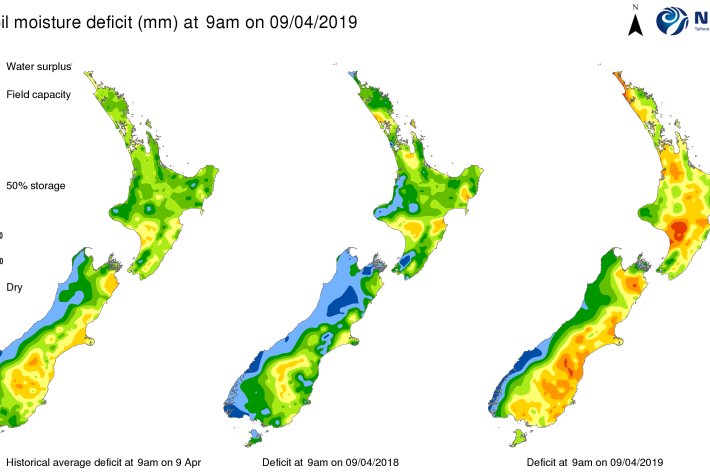
NIWA's Hotspot Watch for 10 April 2019
Hotspot10 April 2019Across the North Island, soil moisture levels decreased in big parts of the island during the past week due to meagre rainfall. In the South Island, soil moisture decreases were observed across much of the island. -
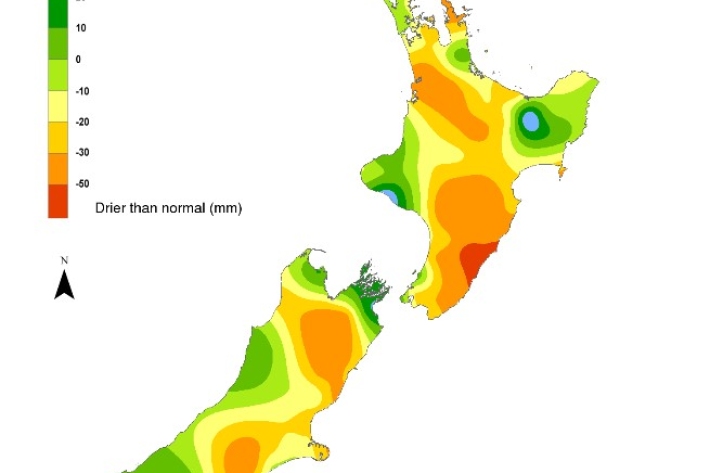
NIWA's Hotspot Watch for 4 April 2019
Hotspot04 April 2019An increase in soil moisture in many areas across the North Island, including Northland, Auckland, Waikato, eastern Bay of Plenty, Gisborne, and Taranaki. No significant change in the South Island. Outlook is for low to moderate rainfall, countrywide. -
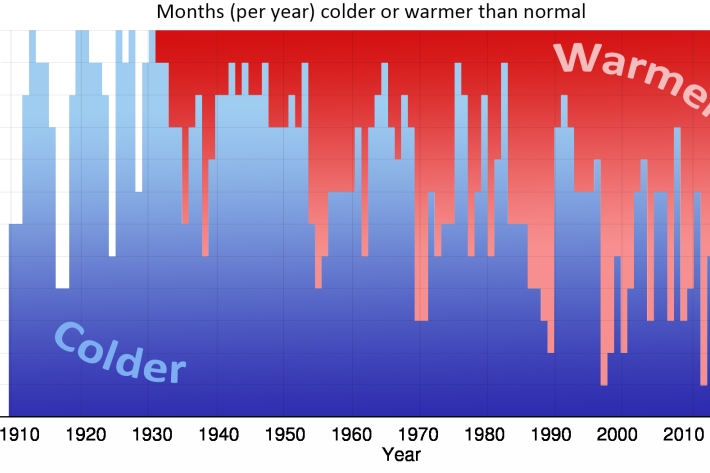
March temperatures more evidence of a warming climate
Media release03 April 2019NIWA today released its March Climate Summary which confirms temperatures during the first month of autumn were at record highs in many places. -
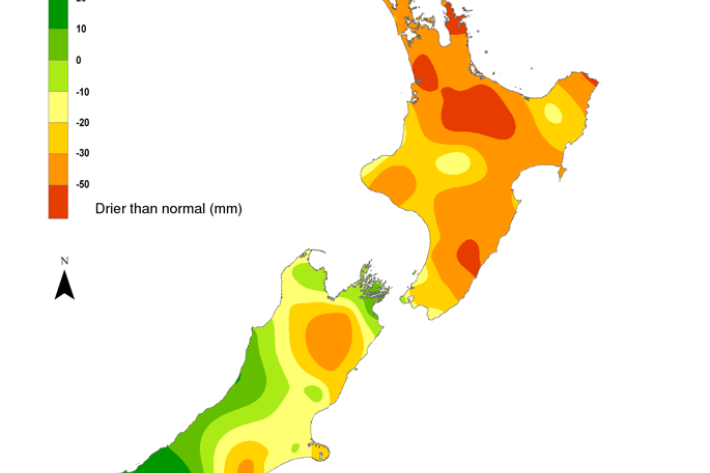
NIWA's Hotspot Watch for 29 March 2019
Hotspot29 March 2019Hotspots continue to be found across a large part of Northland, Auckland, northern Waikato, and interior Bay of Plenty, as well as central Manawatu-Whanganui and Napier south to Wairarapa. South Island hotspots are currently located in a portion of interior Marlborough, eastern Banks Peninsula, south coastal Otago and parts of lower Southland. -

Project updates - CarbonWatch NZ
Project updates

